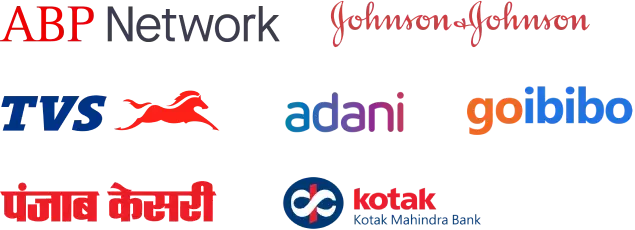Case Study
Dive into real-world success stories showcasing how we helped clients achieve remarkable results.
Sort by:
Showing 12 of 68
50%
Cost & hit optimization by eliminating redundant event tracking
22%
Increase in Purchases
20%
Improvement in Lead Form Submissions
99%
Achieving data accuracy for smarter decision making
100%
Achieved full compliance with US privacy regulations
15%
Improvement in lead form submissions







